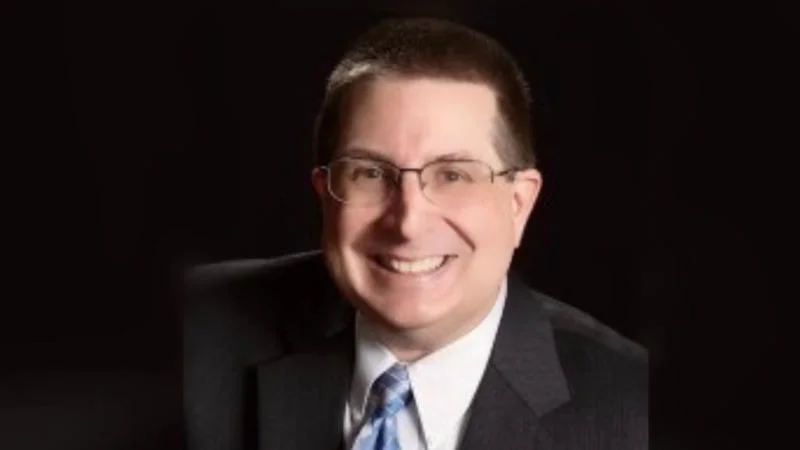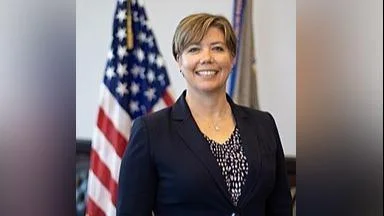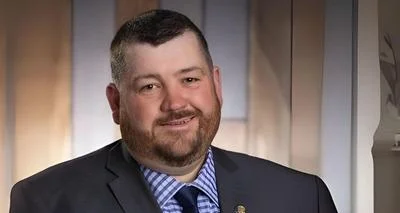Dean Rieck, Executive Director at Buckeye Firearms Association | LinkedIn
Dean Rieck, Executive Director at Buckeye Firearms Association | LinkedIn
The National Shooting Sports Foundation (NSSF), the trade association for the firearms industry, has announced that firearm and ammunition manufacturers have contributed over $17 billion in total excise tax to the Wildlife Restoration Trust Fund since 1937. Adjusted for inflation, this amount exceeds $27.38 billion.
According to the latest Firearms and Ammunition Excise Tax (FAET) collection report from the Department of the Treasury, which covers Q4 2023, these manufacturers contributed more than $222 million.
“The entire firearm and ammunition industry celebrates this milestone that demonstrates our commitment to wildlife conservation for all Americans,” stated NSSF President and CEO Joe Bartozzi. “The firearm and ammunition industry knows the conservation of wildlife and the habitats in which they thrive are invaluable. They are critical to future generations taking part in hunting and the recreational shooting sports traditions and learning about their vital importance. This manufacturing industry, which produces firearms and ammunition for law-abiding citizens, also produces the funding upon which our wildlife depends and is vital for future generations to enjoy.”
In a single year, the firearm and ammunition industry added $1 billion in conservation tax contributions. The NSSF revealed that FAET contributions have exceeded $1 billion annually for three consecutive years.
The Wildlife Restoration Trust Fund, also known as the Pittman-Robertson fund, is financed by excise taxes paid by firearm, ammunition, and archery equipment manufacturers on their products. The excise tax rate is set at 11% of the wholesale price for long guns and ammunition, while it's 10% for handguns. The Alcohol and Tobacco Tax and Trade Bureau (TTB) of the Department of Treasury administers this tax on all commercially sold firearms produced or imported.
These funds are transferred to U.S Fish & Wildlife Service (USFWS), who deposit them into a special account called Wildlife Restoration Trust Fund. These funds are then made available to states and territories based on a statutory formula. Earlier this year, the NSSF announced that USFWS had allocated over $1.6 billion to states for wildlife conservation projects, with $944 million sourced from Pittman-Robertson excise taxes paid by firearm and ammunition manufacturers.
Since 1937, the 10%-11% excise tax dollars collected under the Pittman-Robertson Federal Aid in Wildlife Restoration Act have been designated for use by state wildlife agencies for conservation and related purposes. The firearms and ammunition industry, hunters, and purchasers of firearms and ammunition collectively form the largest source of wildlife conservation funding.
This article was republished with permission from NSSF.






 Alerts Sign-up
Alerts Sign-up